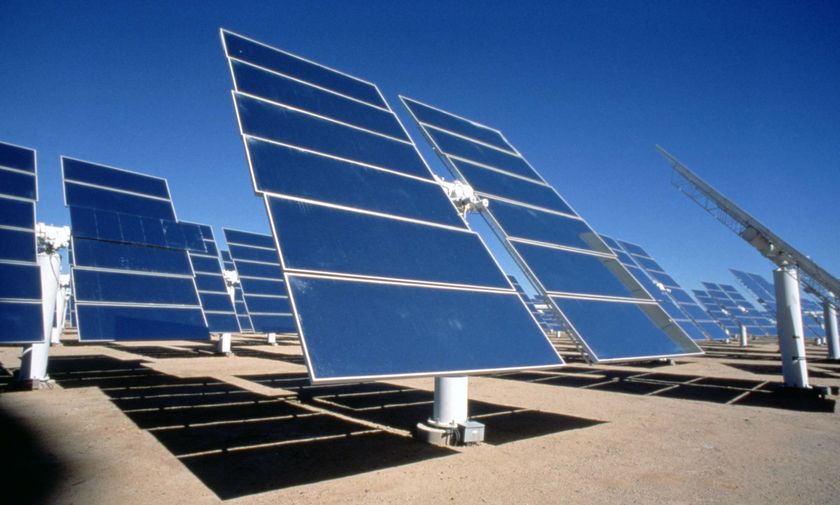February 4, 2013
Plan B 4.0 Chapters 4-8
The presentations given in class today covered chapters 4-8 in the book Plan B 4.0. The chapters covered were Stabilizing Climate: An Energy Efficiency Revoultion, Stabilizing Climate: Shifting to Renewable Energy, Designing Cities for People, Eradicating Poverty and Stabilizing Population, and Restoring the Earth.
 |
| Plan B 4.0 |
Our group covered Stabilizing Climate:Shifting to Renewable Energy, and Eradicating Poverty and Stabilizing Population.Stabilizing Climate: Shifting to Renewable Energy covered turning to the wind for electricity, and how solar cells and thermal collectors are efficient for generating electricity. It also discussed the benefits of hydropower electricity. In conclusion the chapter covered efficient and environmental friendly options for generating electricity.
 |
| Solar energy is a environmental friendly way to generate electricity. |
Our group also covered the chapter Eradicating Poverty and Stabilizing Population. It talked about positive solutions for eradicating poverty and stabilizing population. The soultions mentioned in the chapter were educating everyone, educating everyone about safe sex and vaccinations, and rescuing failing states.
 |
| Educating everyone is a solution a possible solution for eradicating poverty and stabilizing the population. |
The other chapters covered (Stabilizing Climate:An Energy Efficiency Revoultuion, and Designing Cities for People was bascially a reflection of the video we watched in class about Curitiba, Brazil. Bascially the chapters talked about how to better the environment by public transportation, recycling programs, and designing cities for the people.
 |
| Example of Public Transportation |
Overall, all the presentations were well done. They were very long but well spoken and informative.






















